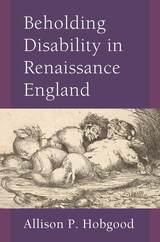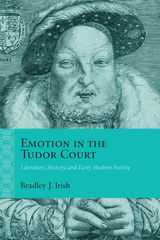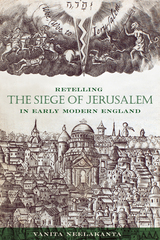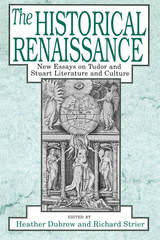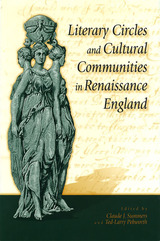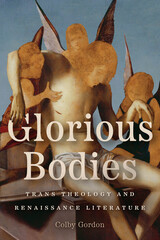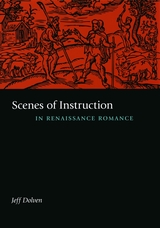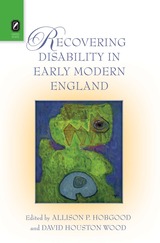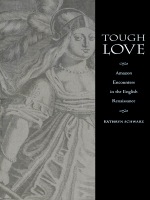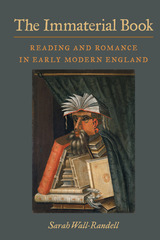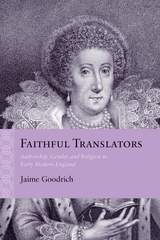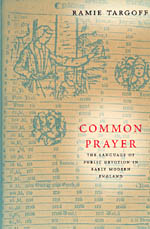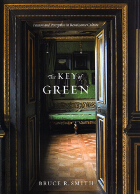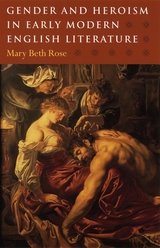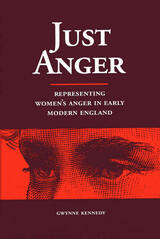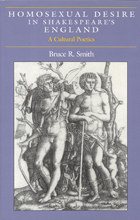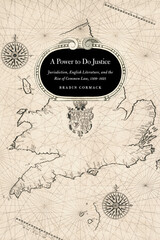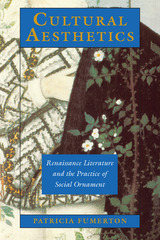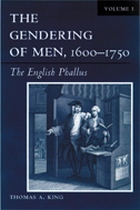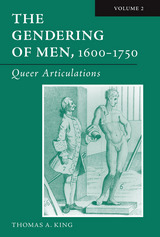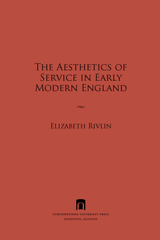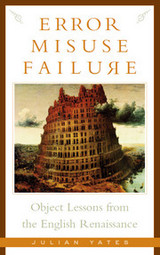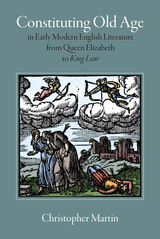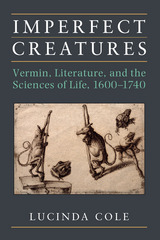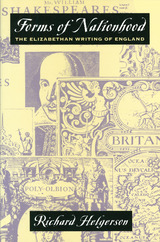The Key of Green: Passion and Perception in Renaissance Culture
University of Chicago Press, 2008
Cloth: 978-0-226-76378-1 | eISBN: 978-0-226-76381-1
Library of Congress Classification PR428.C633S65 2009
Dewey Decimal Classification 820.9
Cloth: 978-0-226-76378-1 | eISBN: 978-0-226-76381-1
Library of Congress Classification PR428.C633S65 2009
Dewey Decimal Classification 820.9
ABOUT THIS BOOK | AUTHOR BIOGRAPHY | REVIEWS | TOC | REQUEST ACCESSIBLE FILE
ABOUT THIS BOOK
From Shakespeare’s “green-eyed monster” to the “green thought in a green shade” in Andrew Marvell’s “The Garden,” the color green was curiously prominent and resonant in English culture of the sixteenth and seventeenth centuries. Among other things, green was the most common color of household goods, the recommended wall color against which to view paintings, the hue that was supposed to appear in alchemical processes at the moment base metal turned to gold, and the color most frequently associated with human passions of all sorts. A unique cultural history, The Key of Green considers the significance of the color in the literature, visual arts, and popular culture of early modern England.
Contending that color is a matter of both sensation and emotion, Bruce R. Smith examines Renaissance material culture—including tapestries, clothing, and stonework, among others—as well as music, theater, philosophy, and nature through the lens of sense perception and aesthetic pleasure. At the same time, Smith offers a highly sophisticated meditation on the nature of consciousness, perception, and emotion that will resonate with students and scholars of the early modern period and beyond. Like the key to a map, The Key of Green provides a guide for looking, listening, reading, and thinking that restores the aesthetic considerations to criticism that have been missing for too long.
Contending that color is a matter of both sensation and emotion, Bruce R. Smith examines Renaissance material culture—including tapestries, clothing, and stonework, among others—as well as music, theater, philosophy, and nature through the lens of sense perception and aesthetic pleasure. At the same time, Smith offers a highly sophisticated meditation on the nature of consciousness, perception, and emotion that will resonate with students and scholars of the early modern period and beyond. Like the key to a map, The Key of Green provides a guide for looking, listening, reading, and thinking that restores the aesthetic considerations to criticism that have been missing for too long.
See other books on: Color | Early modern, 1500-1700 | Green | Passion | Perception
See other titles from University of Chicago Press

